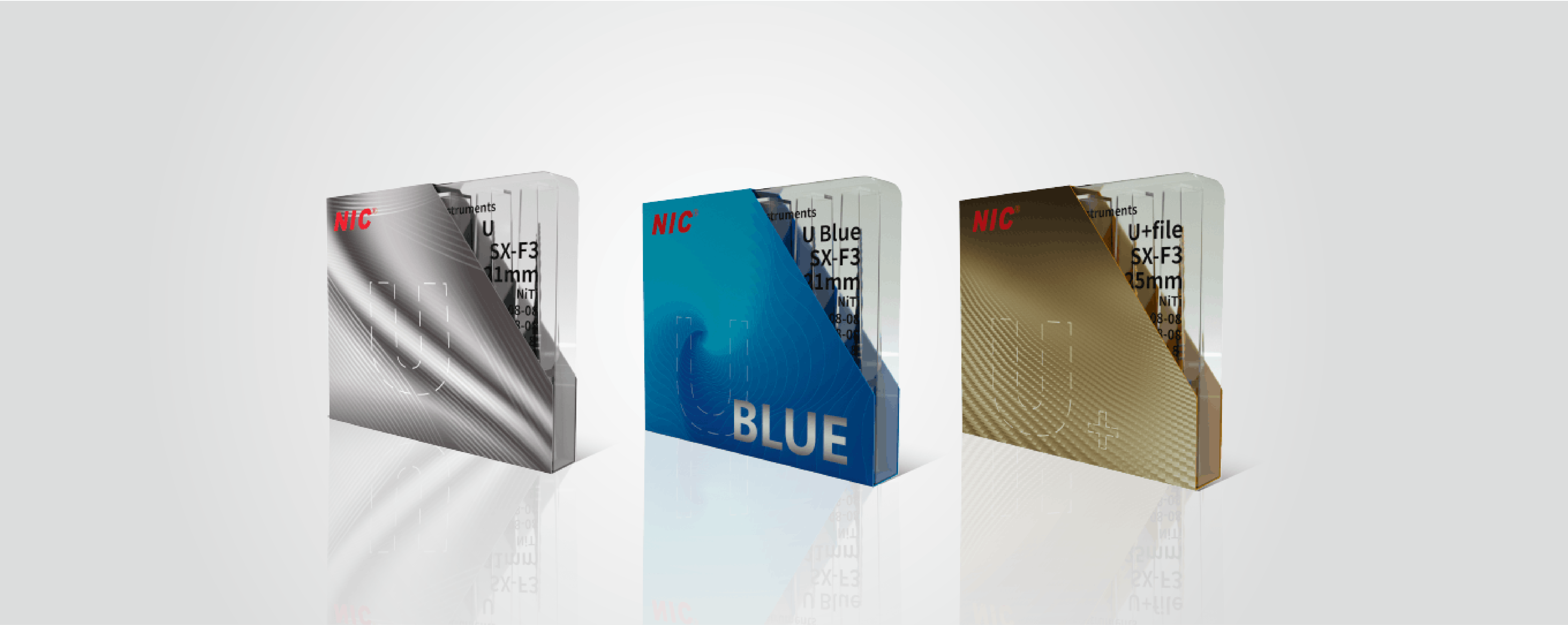


In the field of endodontics, the choice of file type can significantly influence the success of root canal treatments. Among the various endodontic instruments available, reciprocating and rotary files are two popular options, each with its unique features and advantages. Understanding the differences between these two types of files is essential for dental professionals to make informed decisions during procedures.

Design and Motion
The primary difference between reciprocating and rotary files lies in their design and motion. Rotary files are characterized by a continuous cutting edge that runs along their entire length. This design allows for a smooth and efficient cutting action as the file rotates continuously in one direction. The efficiency of rotary files makes them suitable for quickly shaping and cleaning the canal while providing excellent debris removal.
In contrast, reciprocating files operate using a back-and-forth motion. This design features a partial cutting edge optimized for safer and more controlled movements. The reciprocating motion reduces the risk of instrument fracture and minimizes stress on the file, making it a safer choice for challenging canal anatomies. Additionally, the movement offers improved tactile feedback, allowing practitioners to feel the resistance within the canal more effectively.
Efficiency and Flexibility
When it comes to efficiency, rotary files generally provide higher cutting performance due to their continuous motion. This feature allows for faster shaping of the canal, which can lead to shorter treatment times. The flexibility of rotary files also enhances their ability to navigate curved canals, making them a popular choice among dental professionals.
On the other hand, reciprocating file excels in providing control and safety. The back-and-forth motion reduces the likelihood of file breakage, which is particularly beneficial in complex cases where the canal anatomy is unpredictable. While they may not cut as quickly as rotary files, reciprocating files compensate for this with their ability to reduce the risk of complications during treatment.
Choosing the Right Endodontic Instruments
As a dental professional, selecting the appropriate endodontic instruments for specific situations is crucial. The choice between reciprocating and rotary files often depends on the complexity of the root canal system and the clinician's preference. For straightforward cases, rotary files may be preferred for their efficiency, while reciprocating files may be more suitable for challenging anatomies where control is paramount.
NIC Dental specializes in the manufacturing of high-quality NiTi endo files, offering a wide range of both rotary and reciprocating files. Our rotary files, including the U series and X series, are known for their reliability and effectiveness, while our reciprocating files, such as the V and W series, provide excellent flexibility and control.
Conclusion
In summary, the differences between reciprocating and rotary files in endodontics are significant, affecting their performance and suitability for various situations. Understanding these differences helps dental professionals choose the right endodontic instruments for their practice. With a commitment to quality, we at NIC Dental provide a comprehensive selection of both types of files, ensuring that practitioners have access to the best tools for successful root canal treatments.
